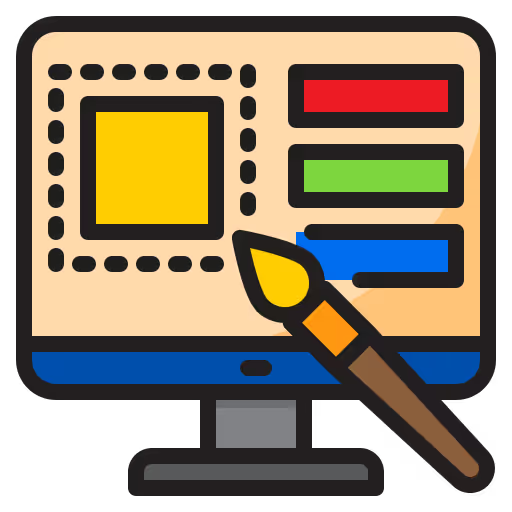The benefits of plain language
Plain language avoids complicated terms from certain sectors (legal, medical, insurance, etc.) that only few people understand. And it's not just about understanding what's being communicated, it's about allowing people to get involved with what you say or write. That's only possible if they know what you expect from them.
So plain language is a key aspect of inclusion, be it for Disabled people, non native speakers, or simply a client who may not be an expert in your field.
Here's a few tips for you to communicate effectively with anyone.
How to use plain language
Start with the main idea
Before anything, state your point. This helps people immediately grasp the topic you want to discuss. So it's important not to overcomplicate your message before clearly saying what it's about. This applies to both spoken and written communication. For example:
"I'm not too sure, maybe it'll change with time depending on our resources. Maybe we should review this later, but can we do this or that?"
With the main idea first:
"What if we did things this way? I'm not sure about it, but what do you think? We could of course review this later on."
Prefer the active voice
People reading or listening to you want to know what they have to do. The active voice is easier to understand because it focuses on their perspective. So by using it, your message is more relevant. This method also ensures you've anticipated their situation correctly, so they can address your expectations accordingly. For example:
“Signed documents must be sent back to us quickly."
With the active voice:
“Sign the documents and send them back to us by email."
Use the questions and answers format
When someone reads your text, they often know two things only: their situation and their questions. If you mirror back those questions with their own words, it helps people navigate through your text more easily. You'll also project a better image of your brand because you'll make people feel understood and supported. For example:
"Insurance claim"
Mirroring their questions:
"How do I submit a claim request?"
Plain language and ISO 24495
If you want to learn more about plain language, I recommend the governing principles and guidelines of plain language described in the ISO 24495. The guidelines detail how the principles are interpreted and applied. It's for anyone creating documents for the public, applicable for technical writing, legislative drafting or using controlled languages. The standard was developed by an international committee of plain language experts and is based on empirical evidence.


